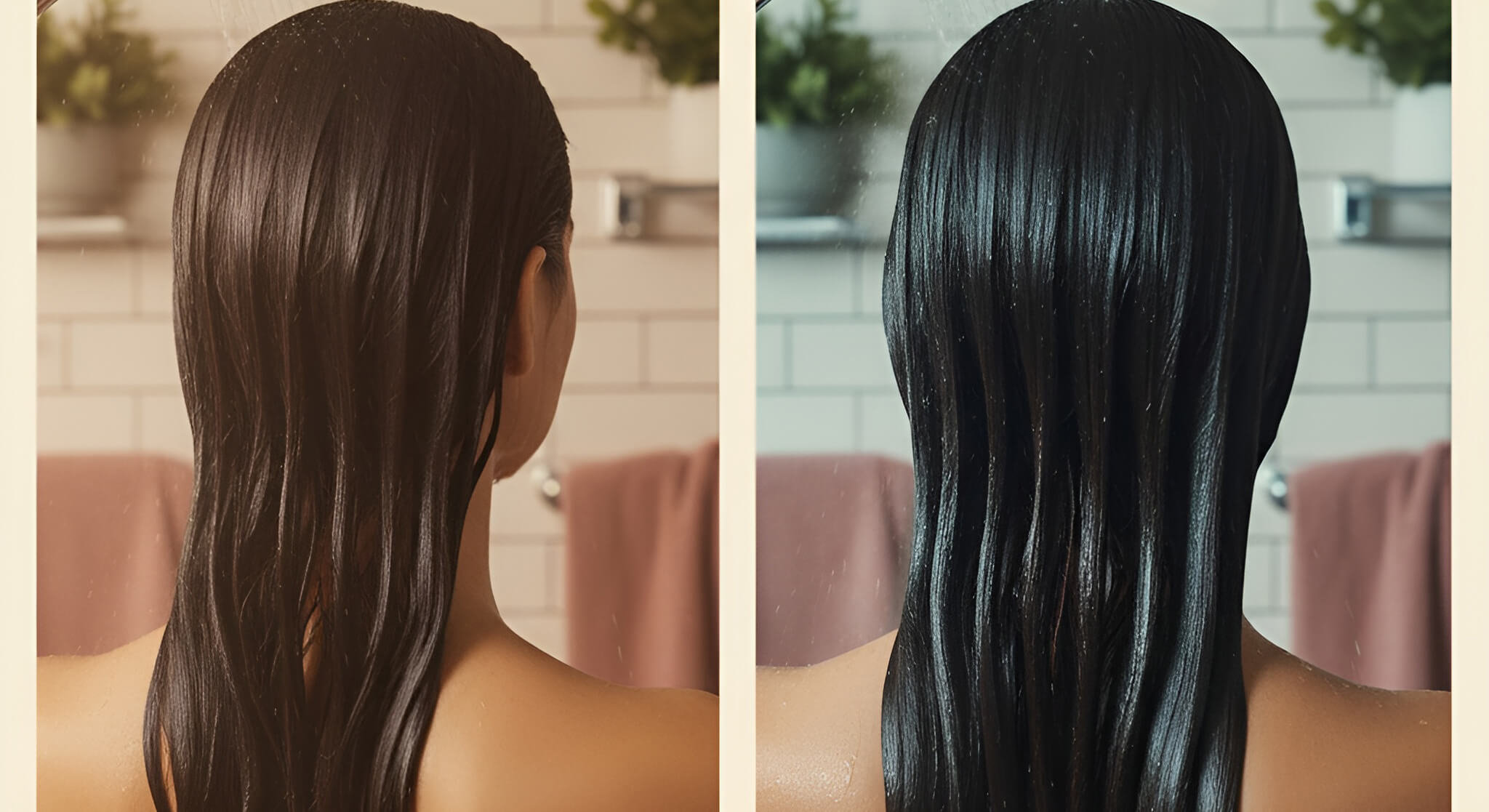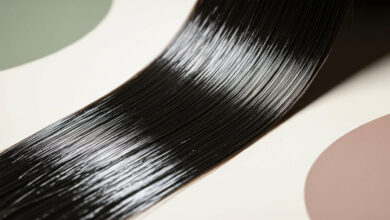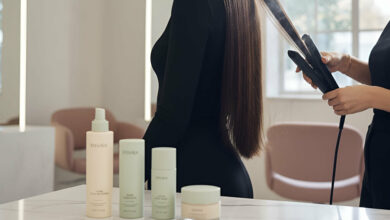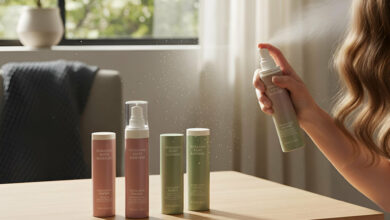Does a Final Cold Water Rinse Really Seal the Hair Cuticle and Create Shine
Table of contents
- The “Freezing Finish”: A Classic Beauty Hack Under the Microscope
- The Theory: Why This Trick Should Work (On Paper)
- The Scientific Verdict: A Beautiful Myth With a Cold Reality
- The At-a-Glance Comparison Table: Myth vs. Reality
- The Real Secret to a Sealed Cuticle: It’s All About pH
- The Final Word: Skip the Shiver, Trust Your Conditioner
The “Freezing Finish”: A Classic Beauty Hack Under the Microscope
It’s one of the oldest and most-repeated pieces of hair advice, passed down through generations: finish your shower with a blast of ice-cold water. The promise is that this simple, free step will shock your hair’s cuticle into shutting tight, locking in moisture and creating a mirror-like hair shine.
But as you stand there shivering under the freezing spray, you have to wonder: is this time-tested ‘hack’ a scientific truth, or is it just a persistent and uncomfortable myth?
We’re diving into the science of hair structure to give you the definitive answer. The truth might change the last—and most bracing—step of your shower routine forever.
The Theory: Why This Trick Should Work (On Paper)
The logic behind the cold water rinse seems sound. Your hair’s outer layer, the cuticle, is made up of overlapping scales, much like the shingles on a roof or the scales of a pinecone. When these scales lie flat and smooth, they reflect light evenly, creating shine. When they are raised and rough, the hair looks dull and frizzy.
The popular theory is that warm water and the alkaline nature of many shampoos cause these scales to lift and open. It then follows that a blast of cold water will cause them to physically contract and slam shut, creating that smooth, flat surface.
The Scientific Verdict: A Beautiful Myth With a Cold Reality
So, does a final cold water rinse really seal the hair cuticle? The surprising answer from cosmetic chemists and hair scientists is: not really.
Why Not?
The keratin that makes up your hair’s cuticle is dead tissue. It does not have living cells, muscles, or nerves that can contract in response to a change in temperature the way the pores in your skin might. While the cold temperature may cause a very minor and temporary contraction of the cuticle scales, the effect is not significant enough to create a lasting, sealed surface that will make a real difference to the health and appearance of your hair.
The At-a-Glance Comparison Table: Myth vs. Reality
| Claim about Cold Water Rinse | Scientific Reality |
| “Slams the Cuticle Shut” | Myth. The effect is minimal and temporary at best. Keratin doesn’t have muscles to contract. |
| “Locks in Moisture” | Largely a Myth. It doesn’t create a strong enough seal to prevent moisture loss. |
| “Boosts Hair Shine” | Minor, Temporary Effect. Any shine increase is slight and doesn’t last, as the cuticle has not been properly sealed. |
The Real Secret to a Sealed Cuticle: It’s All About pH
If cold water doesn’t work, what does? The answer is pH. The most effective way to reliably seal the hair cuticle is by using a product with an acidic (low) pH.
The Science of pH
Shampoos are typically formulated to be slightly alkaline (with a higher pH). This helps them to properly cleanse the hair and causes the hair fiber to swell slightly, lifting the cuticle to allow for a deep clean. This alkaline exposure is what chemically and reliably signals the cuticle scales to contract, lie down flat, and seal tightly, which helps maintain the hair’s natural acidic mantle and reduces damage.
A good conditioner or hair mask, on the other hand, is formulated to be acidic (with a lower pH). This acidity is what chemically and reliably signals the cuticle scales to contract, lie down flat, and seal tightly. This is a far more powerful and lasting effect than any temperature change could ever hope to achieve.
The Final Word: Skip the Shiver, Trust Your Conditioner
The idea of a cold water rinse sealing the hair is a beautiful and persistent myth, but the science doesn’t support it as an effective long-term strategy for achieving hair shine or combating dull hair.
You don’t need to endure a freezing blast of water for beautiful hair. The real secret to a smooth, sealed cuticle lies in using a high-quality, pH-balanced conditioner or hair mask after every single wash and leaving it on for a few minutes to do its job. Let science, not shivers, be your guide to achieving your glossiest, healthiest hair.






